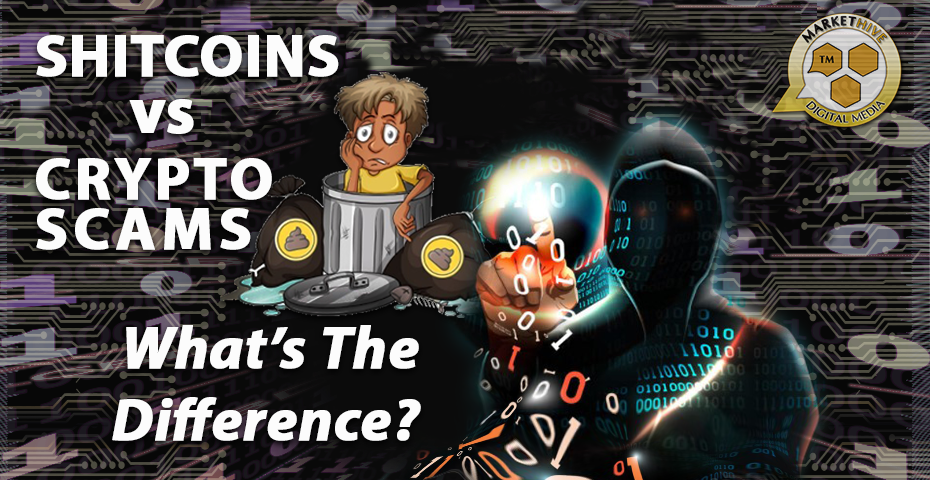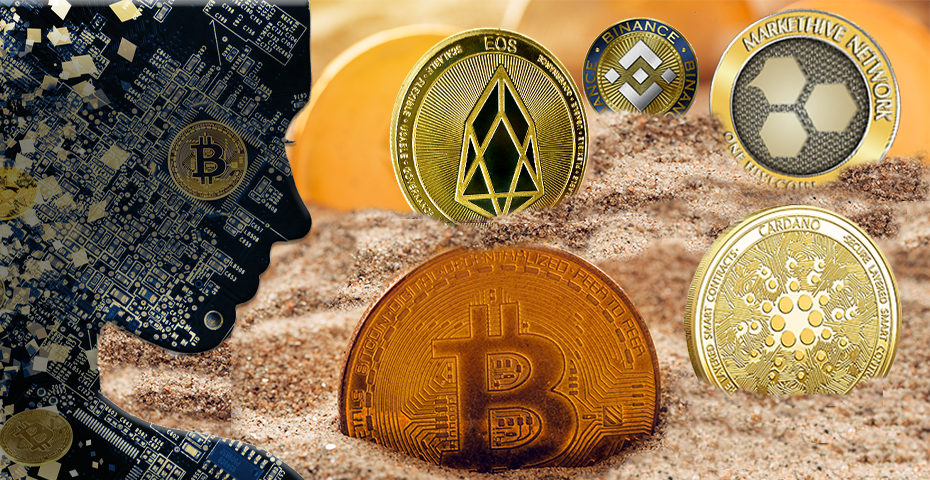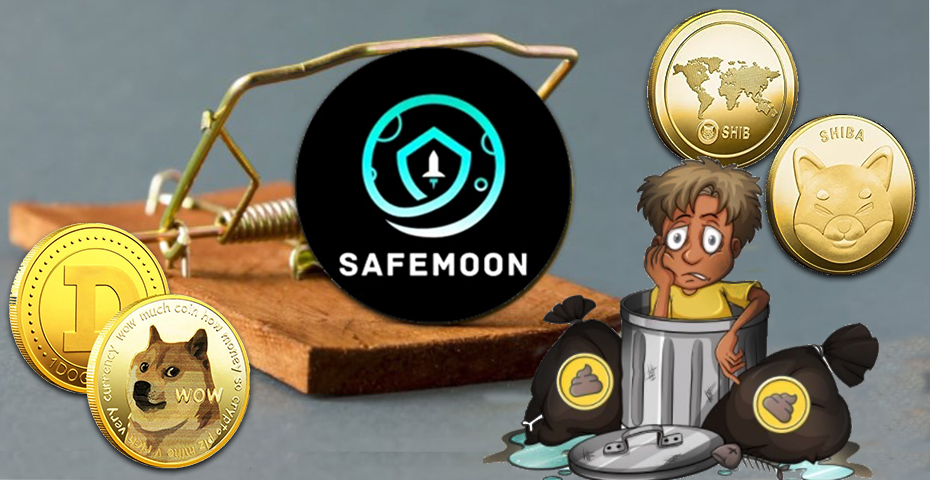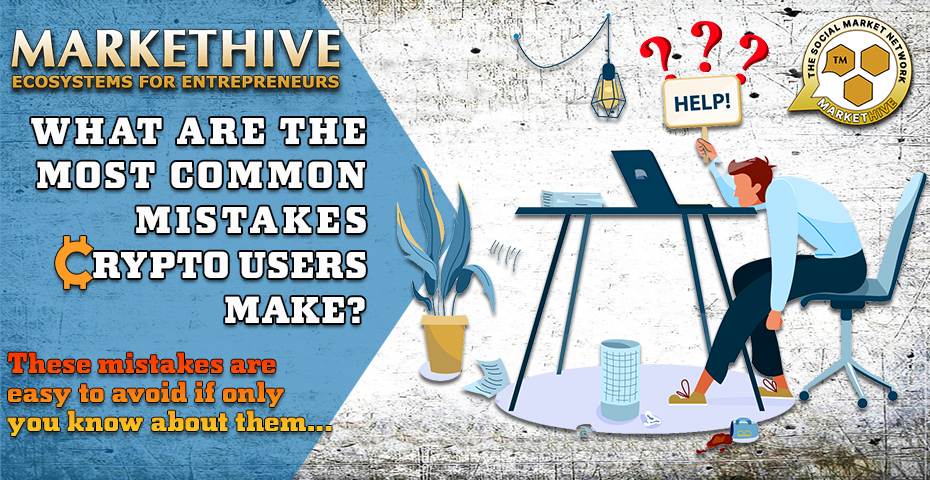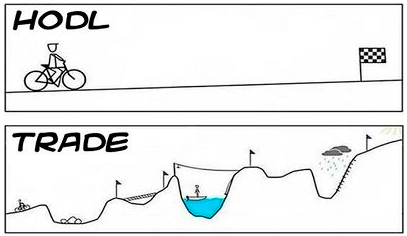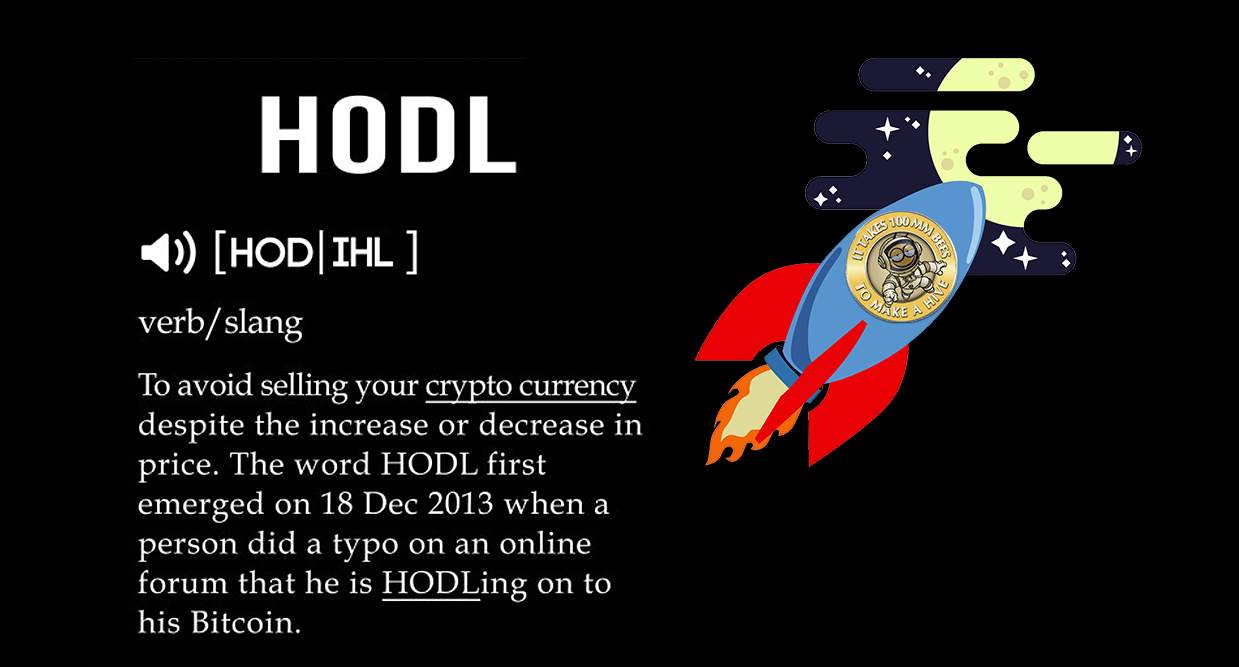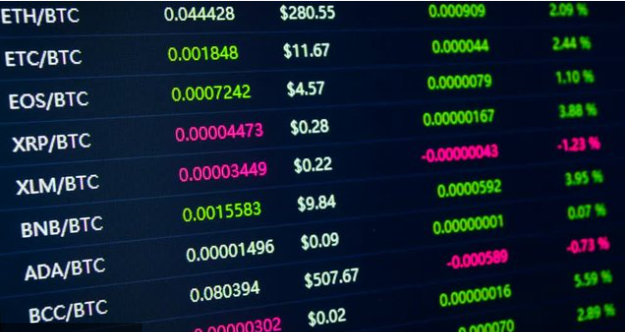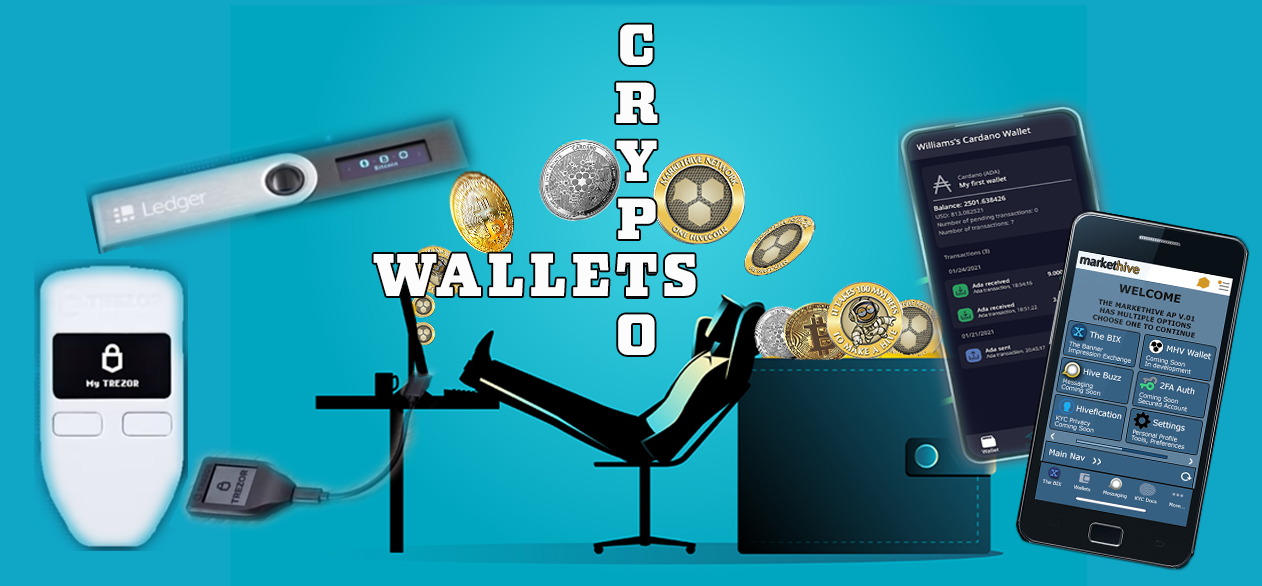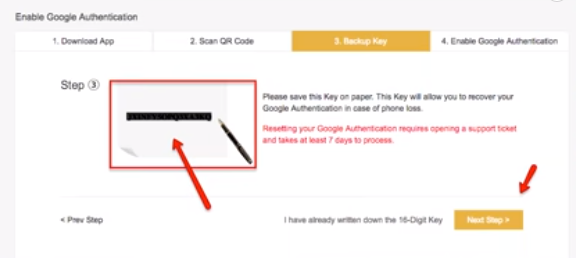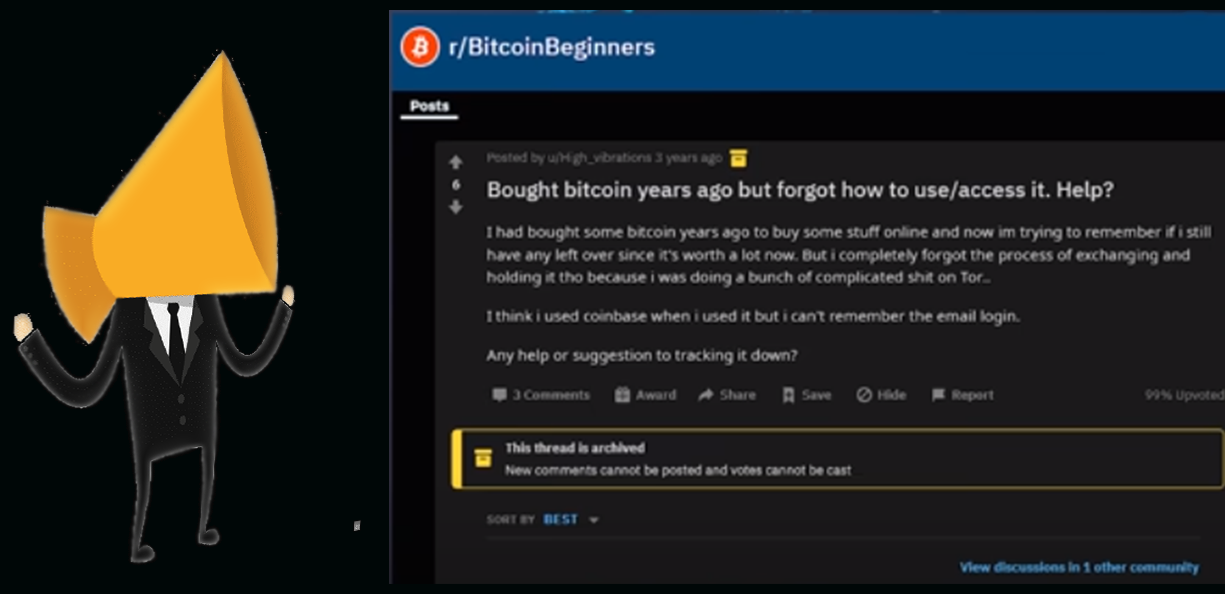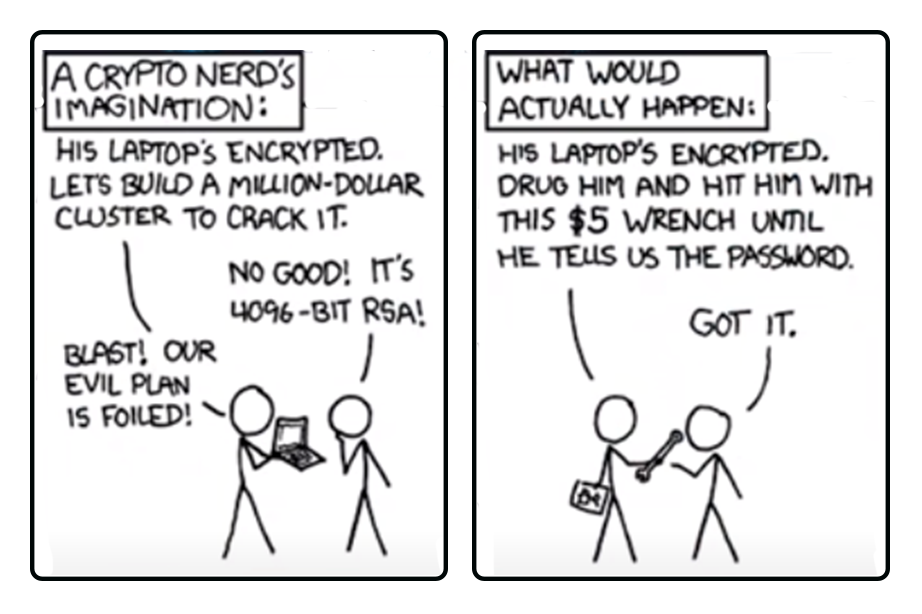
FIRST IN 100% DECENTRALIZED SOCIAL MARKET MEDIA - GIANT BLOCKCHAIN CRYPTO PROJECT

HVC is poised to triumph in the crypto economy.
Cryptocurrencies have many use cases. Some act as a store of value, others power blockchain to make it possible to create trustless digital contracts and permissionless decentralized applications. Some cryptocurrencies are pegged to fiat currency allowing for stable transfers of value, and some underpin protocols that offer decentralized data storage and video streaming.
Each of these use cases requires a particular set of blockchain attributes and economic incentives. Many say that there is no single cryptocurrency project that can do it all; however, there is one that comes very close in a field that has been, for the most part, put in the too-hard basket by the majority.

Who Dares Wins
Markethive is a monolithic blockchain project currently operating as a social network, an entire inbound marketing platform with email, blogging, and digital media capabilities that broadcast to the vast internet. It’s a complete Market Network and the first of its kind.
Markethive is predominantly a free system where users can access a platform that can cost more than $2,500 offered by other marketing platforms. There are, of course, upgrades that open up more tools and monetization opportunities, the first being the Entrepreneur One Loyalty Program, and coming soon is the Premium Upgrade.
The many domains Markethive has and its autonomous cloud systems that ensure its sovereignty and longevity make it untouchable and immune from the tech giants’ rule and biased agenda. But can still remotely infiltrate the social media platforms and reach the multitudes either locked in or looking for an alternative meritocratic medium.
In other words, wherever you go, Markethive is there, anywhere and everywhere, delivering its message via its community of entrepreneurs to a far-reaching audience. This next-generation social market media is poised in the wings, and when the time is right, it will emerge as a shining light to lift people up and bring financial sovereignty and hope in this gloomy and uncertain world.
The video platform, conference rooms, the unique four specific news feeds currently in development, and many other projects and incentives add to the credibility and need for an ecosystem in the social media and digital marketing space.
In 2018, Markethive released its coin, with the ticker symbol of MHV that enabled the distribution of the coin to the members within the Markethive system by way of infinity airdrops and subsequently a micropayment faucet. The coin is currently in the process of being labeled with a new name, HiveCoin, with the ticker symbol HVC.
Now in the final stages of BETA, Markethive will officially launch with the release of its first wallet developed from scratch to service the community’s needs. This is Markethive’s internal web wallet, with the end goal of a wallet app accessible from your smartphone (external wallet) that includes built-in messaging, news feeds, e-commerce, conference rooms, etc., with the highest security measures.
Meanwhile, the growing user base is accumulating their native coins, Hivecoin (HVC), in anticipation of the release when they transact using HVC within the Markethive system and externally.
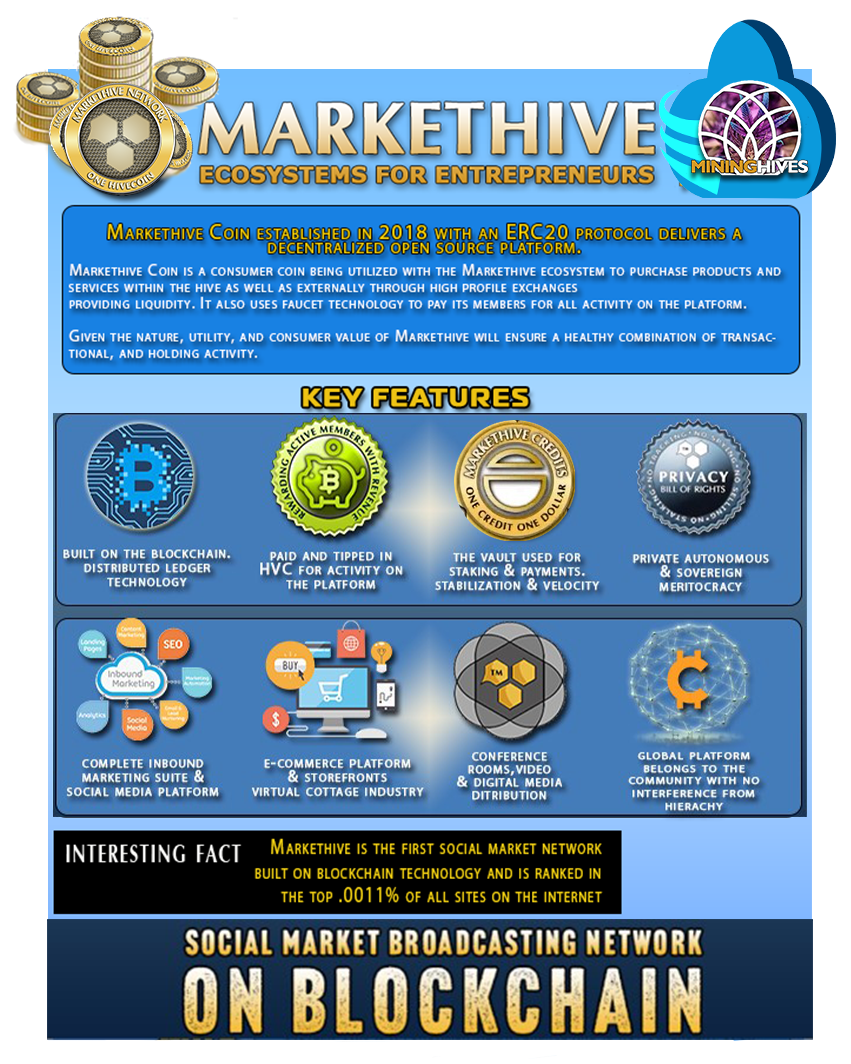
What Sets The Markethive Coin (HVC) Apart?
The Markethive platform enables the users to earn HiveCoin cryptocurrency with everything they do and are paid for their loyalty. The Vault is an innovative concept that allows Markethive members to stake their coins, similar to a bank account. The more coins held in your vault, the higher the micropayments received, and then there’s the monthly interest paid to you based on the number of coins in your coin clip.
The company issues these micropayments, incentives, and rewards, not just the users, which is commonplace and the only form of payment in other crypto-based platforms. However, Markethive has a tipping protocol the people can utilize and substitutes the like button.
It isn’t only a social media network or inbound marketing platform; it lends itself to the cottage industry concept allowing members to monetize the various initiatives Markethive is developing, starting the Banner Impressions Exchange. It’s also where entrepreneurs can facilitate and promote their personal businesses to a built-in audience as well as a springboard to the far regions of the internet.
In Markethive’s all-encompassing ecosystem, the objective of the Markethive coin (HVC) is to be utilized as a form of payment rather than just selling it (pump and dump scenario). This gives a purpose and actual use case for HVC, equalizing the velocity and increasing coin value.
Bitcoin has established itself as a store of value that affects the value of most other altcoins, albeit positively or negatively at any given time. However, if a coin or project’s use case and utility are credible, it can result in a parabolic shift, increasing in price, without riding on Bitcoin’s coattails.
The Markethive Blockchain
Markethive is currently situated on the Ethereum Blockchain while in BETA. However, Markethive aims to utilize a 3rd generation Blockchain developed by Cardano and Elrond. These Blockchain protocols have the advanced capabilities to produce the distributed database system Markethive requires.
This ensures that all data that the extensive user base inherently creates in a social media environment is decentralized and safely integrated and stored on the blockchain, including all forms of content, videos, images, etc.
It is considered a mammoth task for a blockchain and not conducive for an established social media platform like Facebook with its trillions upon trillions of data already in its system. Markethive conceived and initiated this blockchain protocol, making it easier to integrate. We just had to wait for the right technology to surface.
Thanks to technology evolution, the Markethive social market network’s ability to build a massive database management blockchain can only be done on a 3rd generation blockchain platform like Cardano or Elrond. The Markethive blockchain will be forked off the 3rd generation blockchain, with HVC being a native token, a fungible multi-asset token.
Native tokens represent value and act as an accounting unit, which can be used for payments and transactions and sent to an exchange address. Native means that these tokens are supported by the main chain’s accounting ledger without the need for additional smart contracts, as the ledger features built-in support to track ownership and transfer of more than one type of asset.
Ethereum blockchain issues tokens through a custom coded smart contract, which issues a non-native token. This token won't have all the advantages of Ethereum, and you have to pay for smart contract execution every time you move your token. This is why people complain about Ethereum fees being so high. It's not very efficient, leaving the door open for human error when coding smart contracts.
The low cost in transactional fees and the increased throughput into the thousands make the Cardano and Elrond blockchains a favorite in future generation blockchains. A sustainable, scalable financial operating system is becoming a reality.
HiveCoin And ILP Smart Contracts - The Markethive Ecosystem
The Markethive ILP smart contracts that the entrepreneurs have recognized as valuable and acquired will work seamlessly in the background on the Markethive blockchain forked off a 3rd generation blockchain. At the same time, the HiveCoin (HVC) will be used as a medium of exchange and will continually be circulating, earned, and accumulated by users within the Markethive economy.
It allows us to be completely decentralized financially with complete autonomy and protection of our intellectual property, ascertaining a viable and comprehensive ecosystem. This bodes exceptionally well for the Markethive ecosystem and benefits all participating in it.
Essentially the Markethive ecosystem will have its own financial operating system within the new global financial operating system or future of internet money envisioned by the architects of the emerging technology, strides ahead of the initial technology of Bitcoin and Ethereum.

Markethive - Staunch And Benevolent Vision
Markethive’s vision is a fully decentralized social network inbound marketing platform integrated and operated on a massively distributed database system, the internal giant blockchain, controlled by a smaller external blockchain Markethive’s Dapp wallet will utilize.
This is a very advanced technology Markethive is integrating at which no other platform is doing or will attempt to do. It is a vast undertaking and needs to be done right so security is not compromised, on all levels, hence the methodical and time-consuming approach. Markethive is incomparable to any other media platform and, although touted it that couldn’t be done, is 90% done.
It’s about looking after the community, the products and projects, the use, and the utility. Getting it right, being clever and evolutionary will pay huge dividends in the mid to long term for everyone in the ecosystem. Markethive is always focused on where we are going and why we are going there in the mission, giving economic sovereignty and identity to all, especially those that don’t have it.
I know it’s hard to get your head around. Most people don’t comprehend what we have in our midst with Markethive but rest assured, this gigantic all-in-one platform current flying under the radar will be a life-changing positive force of how we work, earn, and socialize online.
Come to our Sunday meetings at 10 am MST as we approach massive major upgrades and be the first to know about it. See and hear explanations, ask questions, and witness the ever-evolving technology and concepts of Markethive as we stay one step ahead of tyrannical technocrats. The link to the meeting room is located in the Markethive Calendar. See ya there.
Also published on Before It’s News:first-in-100-decentralized-social-market-media-giant-blockchain-crypto-project
FIRST IN 100% DECENTRALIZED SOCIAL MARKET MEDIA - GIANT BLOCKCHAIN CRYPTO PROJECT : FIRST IN 100% DECENTRALIZED SOCIAL MARKET MEDIA - GIANT BLOCKCHAIN CRYPTO PROJECT ...




